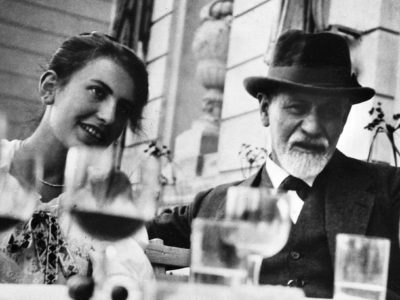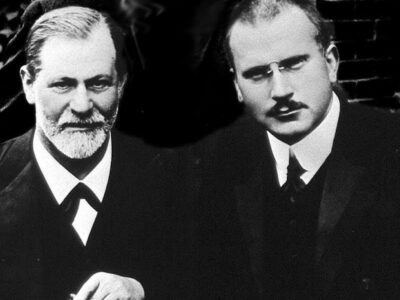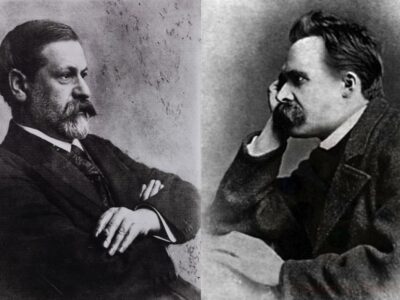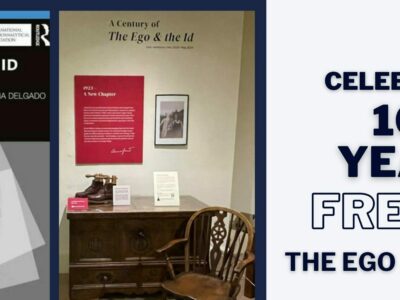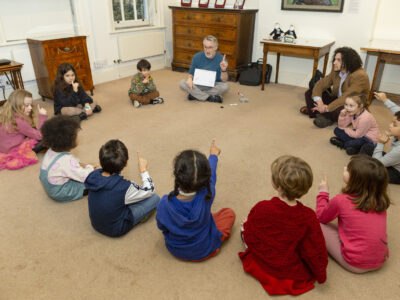
- This event has passed.
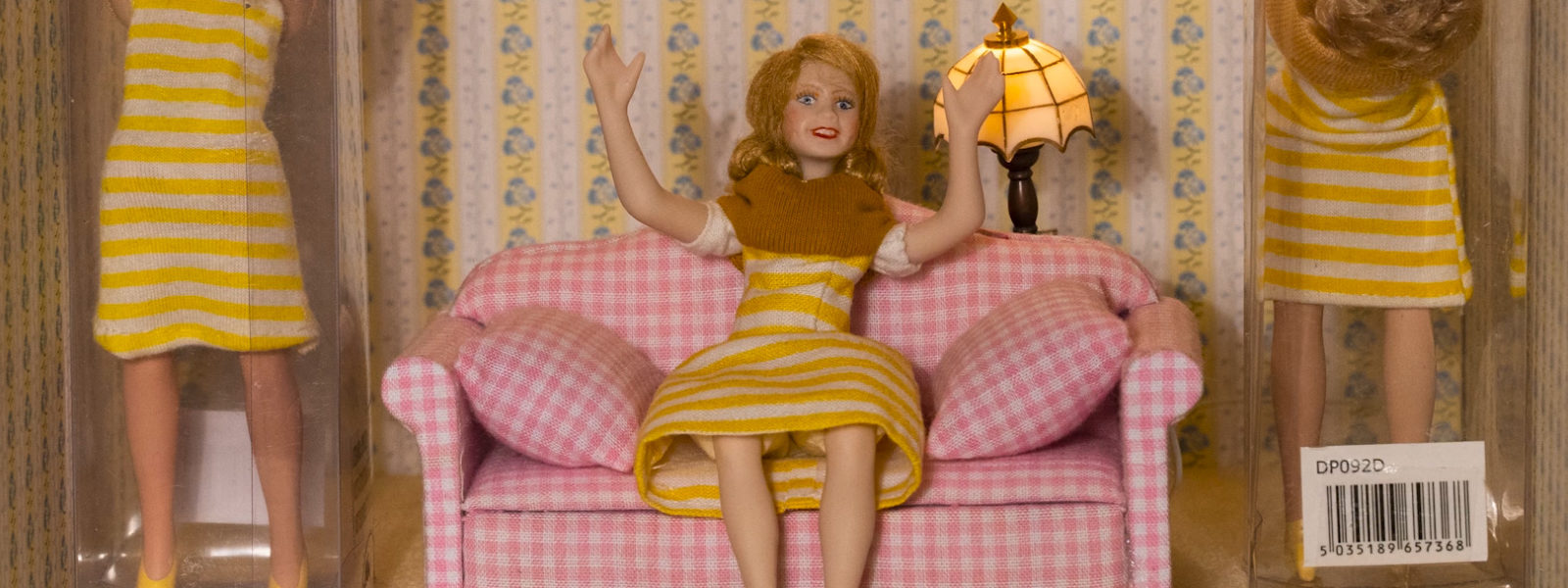
This course is taking place from 10.00am to 17.30pm BST. The full timetable will be released soon. Please check the time difference if you are based outside of the UK. All registrants will receive access to the recording within 24 hours of the event.
From miniature figurines found in ancient Egyptian tombs to Greta Gerwig’s Barbie, dolls have been human companions for thousands of years. Fashioned from clay, wood, rag, porcelain or plastic, they occupy a slippery position between ceremonial effigy and childhood fascination.
The doll is a key figure in literature, art and film – as trapped animate being, doppelgänger, and potential friend or foe – calling to mind Coppelia and the Nutcracker, Pinocchio and the robot boy of Steven Spielberg’s A.I., Cindy Sherman’s 1975 film Doll Clothes, Hans Bellmer’s 1930s series of rearranged pubescent girls, Amy in Lucky McKee’s 2002 film May, and Chucky in the horror franchise Child’s Play.“It is an anxious, sometimes a dangerous thing to be a doll. Dolls cannot choose; they can only be chosen; they cannot ‘do’; they can only be done by.”Rumer Godden, The Dolls' House, 1947
Dolls are also central to the ‘The Sandman’, the story threaded through Freud’s 1919 essay The Uncanny, as well as in his definition of the unheimlich, raising “doubts whether an apparently animate being is really alive; or conversely, whether a lifeless object might not be in fact animate”. In play theory, D. W. Winnicott groups the doll together with teddy bears, blankets, and other soft toys as transitional objects which make the gradual separation from the mother possible. In psychotherapy, the focus is on the doll as a representation of the sexual body, through which sexual relationships can be enacted symbolically.
In this new day course, join artists and folklorists Dr Elizabeth Dearnley and Dr Katharine Fry (previous leaders of Freud and Fairy Tales, The Gothic Tales of Angela Carter and The Monstrous Feminine) as they introduce a cast of shifting dolls as playthings and partners, puppets and ventriloquist dummies, automata and fetishes from the toybox of folklore, literature, art, film and material culture, as well as the use of dolls in their own practice.
Drawing on the twin etymology of doll as eidolon in Ancient Greek, meaning an object of adoration embodying power, and as pupa in Latin, meaning little girl or virgin, this new course explores the potential and pitfalls of the doll, for those who are cast as dolls, their would-be inventors, and the curious who seek dolls to play with.
SCHEDULE
- 10.00 – Session 1
- 12.00 – Lunch
- 13.00 – Session 2
- 15.00 – Break
- 15.30 – Session 3
- 17.30 – Finish
Session 1: Child’s Play
Beginning in a nursery of eerie imaginings, we’ll explore the history of dolls, their relationship with the uncanny, and their role in childhood fears and fantasies, from stories of transformation and the desire to be ‘real’ in tales such as Pinocchio, The Nutcracker and The Velveteen Rabbit to their more terrifying counterparts in characters like Chucky and the clown doll in 1982’s Poltergeist.
Session 2: Doll Parts
Moving from childhood toys to uneasy companions, this session sizes up the doll as partner, stand-in, friend or foe, drawing on Freud and Rank’s concepts of doubles and doppelgängers to explore ventriloquism, puppets, masks and robots. In sci-fi fables from Frankenstein to A.I., human protagonists have attempted to fashion the perfect artificial companion from an assortment of parts – but do the results enthral or horrify?
Session 3: Living Dolls
‘A living doll, everywhere you look. / It can sew, it can cook, / It can talk, talk, talk’, exclaims Sylvia Plath’s acerbic 1962 poem The Applicant. From the Greek myth of Pygmalion to Lars and the Real Girl, the dollification of women in popular culture has a long history. Pressures to conform to unrealistic physical expectations are joined by wider questions of bodily agency and autonomy, which have recently gained new urgency since the overturning of Roe v Wade in the US and its far-reaching implications and consequences. Drawing on Laura Mulvey’s concept of the automaton, we ask can we reclaim the doll – and ourselves?
SPEAKERS
Dr Elizabeth Dearnley is a folklorist, artist and Visiting Research Fellow at the Institute of English Studies within the School of Advanced Study, University of London. She has taught at the University of Cambridge, UCL, Birkbeck and the University of London, and her work explores fairy tales, horror and collective storytelling.
She has curated several projects exploring the intersections of folklore and place, including mass diary-writing project The Secret Diary of Bloomsbury, immersive 1940s Red Riding Hood retelling Big Teeth, and the Freud Museum London’s uncanny restaging of E. T. A. Hoffmann’s The Sandman as part of its The Uncanny: A Centenary. She has recently edited eerie anthology Into the London Fog (British Library, 2020), and is currently writing a book about the relationship between forests and fairy tales.
Dr Katharine Fry is a visual artist and researcher working across performance, film and sculpture. She stages unsettling encounters with uncanny bodies, using an all-female cast of fantasy automatons who are often physically fused to their environments. Her focus is on the body as the boundary where self and other meet, the site of an ambivalent desire for separation and connection she calls house arrest.
She exhibits internationally, including Ann Arbor Film Festival, Michigan, USA (2021); Visions in the Nunnery, London (2018); and Terror Has No Shape, Camden Arts Centre, London (2018). Solo exhibitions include Please call me home at Danielle Arnaud Gallery, London (2021); and Addressing the Self: Decoys and Consolations at new media art space, Tennessee, USA (2020).
MEMBERS can receive 20% off the Standard ticket with their Membership promocode.
BURSARY – There are a limited number of bursary places available for £15. Priority will be given to UK unemployed and PIP/ESA claimants. Please click here to apply.
